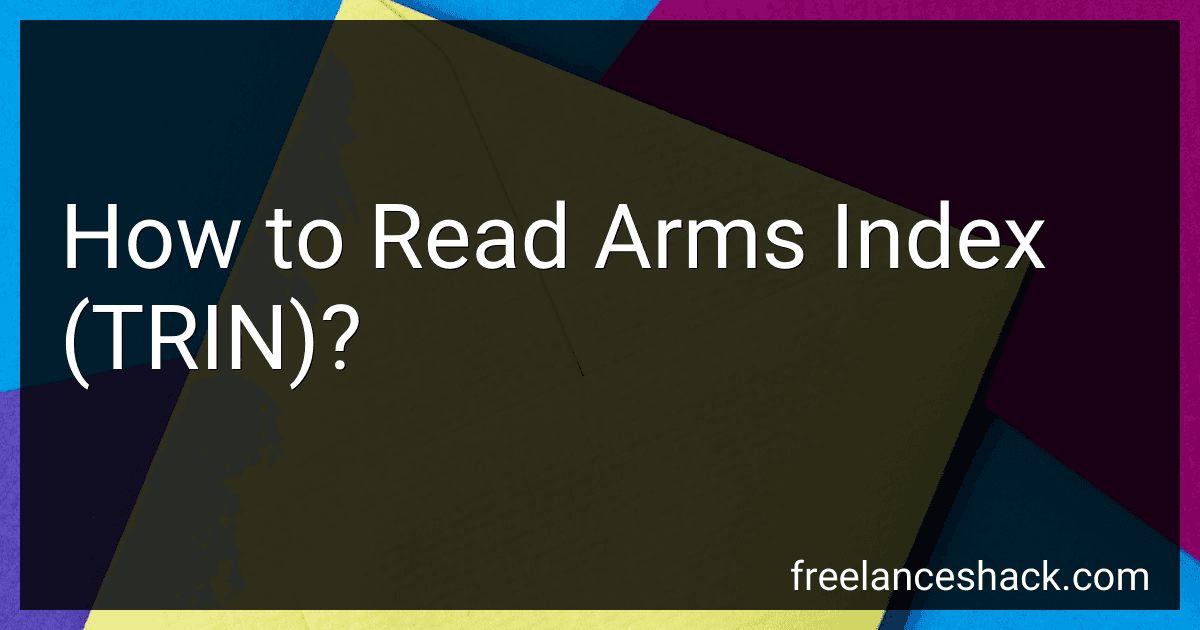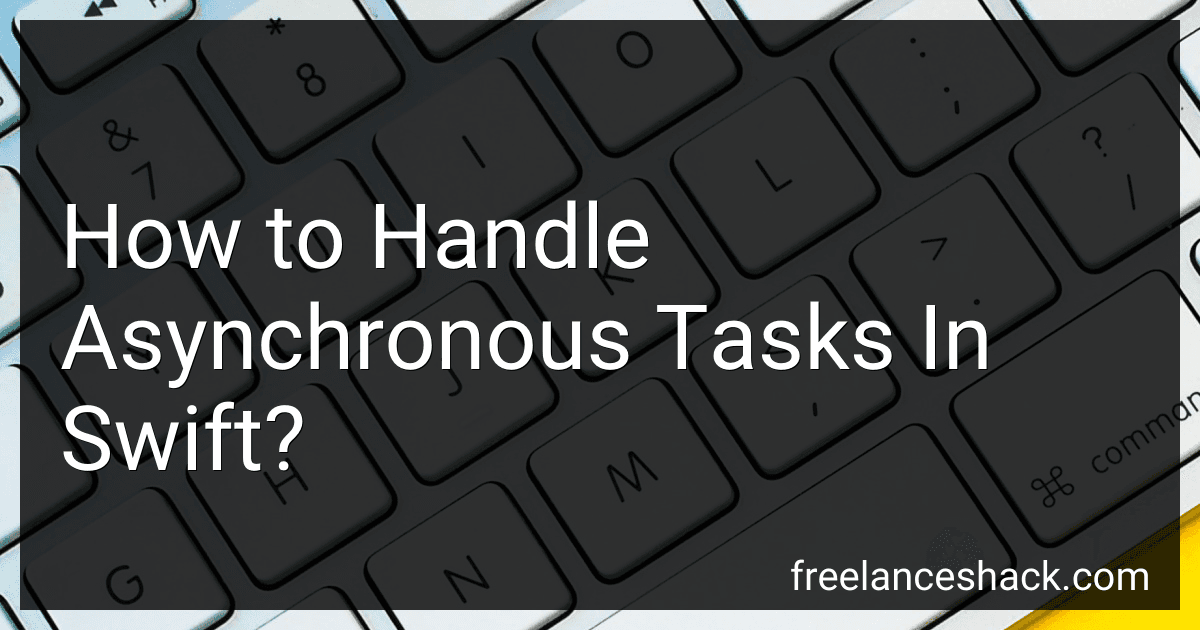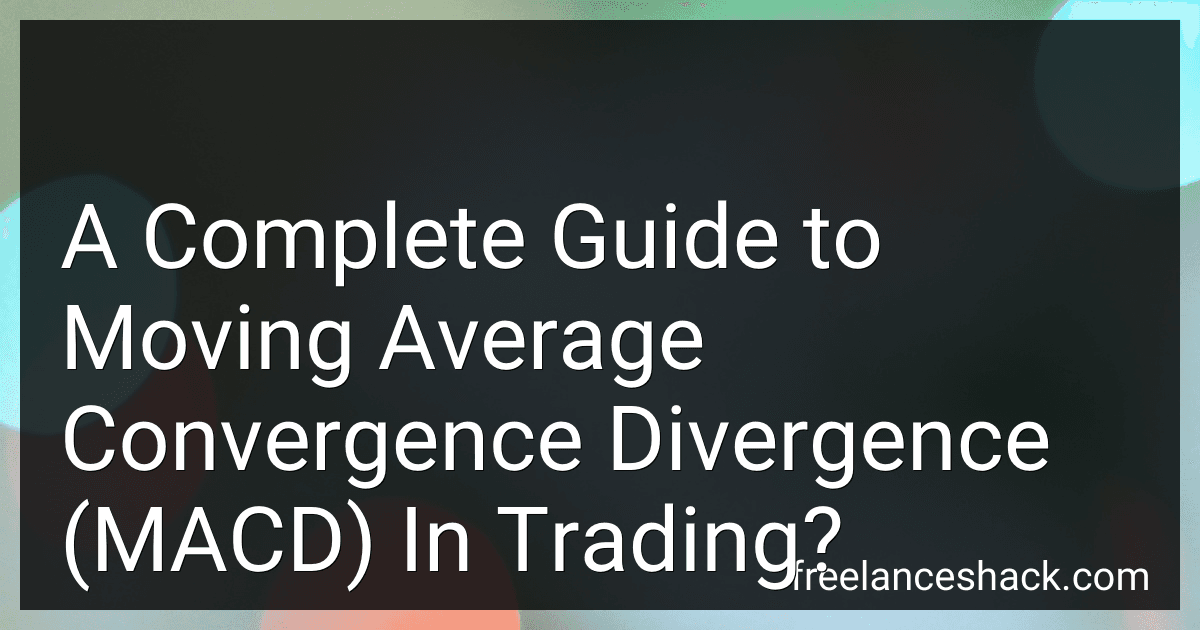Posts (page 62)
-
 10 min readThe Commodity Channel Index (CCI) is a technical indicator that was developed by Donald Lambert in 1980. It is widely used in technical analysis to identify overbought and oversold levels as well as potential trend reversals in various financial markets.The CCI is calculated by measuring the distance between the current price and its average over a specified period, usually 20 or 14 days.
10 min readThe Commodity Channel Index (CCI) is a technical indicator that was developed by Donald Lambert in 1980. It is widely used in technical analysis to identify overbought and oversold levels as well as potential trend reversals in various financial markets.The CCI is calculated by measuring the distance between the current price and its average over a specified period, usually 20 or 14 days.
-
 6 min readIn Swift, it is possible to create and use custom operators, which are not built-in operators provided by the Swift language. Custom operators can be useful for expressing ideas in a more readable and concise way, enabling developers to define their own syntax. Here is how you can create and use custom operators in Swift:Defining Custom Operators: To define a custom operator, you need to provide the operator's type, precedence, and associativity.
6 min readIn Swift, it is possible to create and use custom operators, which are not built-in operators provided by the Swift language. Custom operators can be useful for expressing ideas in a more readable and concise way, enabling developers to define their own syntax. Here is how you can create and use custom operators in Swift:Defining Custom Operators: To define a custom operator, you need to provide the operator's type, precedence, and associativity.
-
 10 min readThe Arms Index, also known as the Trading Index (TRIN), is a technical analysis tool used by traders and investors to measure the overall market sentiment. It provides insights into the strength and direction of the stock market by comparing the number of advancing and declining stocks to the volume of shares traded.To read the Arms Index (TRIN), you need to understand two main components - advancing/declining issues ratio and advancing/declining volume ratio.
10 min readThe Arms Index, also known as the Trading Index (TRIN), is a technical analysis tool used by traders and investors to measure the overall market sentiment. It provides insights into the strength and direction of the stock market by comparing the number of advancing and declining stocks to the volume of shares traded.To read the Arms Index (TRIN), you need to understand two main components - advancing/declining issues ratio and advancing/declining volume ratio.
-
 9 min readProperty observers in Swift allow you to observe changes in a property's value and take appropriate action when the value changes. There are two types of property observers: willSet and didSet.willSet is called just before the value is about to change, allowing you to observe and potentially modify the new value before it is assigned to the property. It is defined using the keyword willSet followed by a code block in brackets.
9 min readProperty observers in Swift allow you to observe changes in a property's value and take appropriate action when the value changes. There are two types of property observers: willSet and didSet.willSet is called just before the value is about to change, allowing you to observe and potentially modify the new value before it is assigned to the property. It is defined using the keyword willSet followed by a code block in brackets.
-
 7 min readIn Swift, computed properties provide an alternative to stored properties. They don't store a specific value but calculate it dynamically based on other properties or variables. Here's how you can use computed properties in Swift:Declaring computed properties: To declare a computed property, use the var keyword (for read-write properties) or let keyword (for read-only properties) followed by the property name. Getters and setters: Computed properties have a getter and an optional setter.
7 min readIn Swift, computed properties provide an alternative to stored properties. They don't store a specific value but calculate it dynamically based on other properties or variables. Here's how you can use computed properties in Swift:Declaring computed properties: To declare a computed property, use the var keyword (for read-write properties) or let keyword (for read-only properties) followed by the property name. Getters and setters: Computed properties have a getter and an optional setter.
-
 10 min readThe Guide to Moving Min is a method for calculating moving minimum (Min) values. Moving minimum refers to finding the smallest value within a certain range in a given dataset.To begin with, the dataset is divided into smaller sections or windows, and the moving minimum is calculated for each window. The window size or length is predetermined and can vary depending on the specific application or analysis.
10 min readThe Guide to Moving Min is a method for calculating moving minimum (Min) values. Moving minimum refers to finding the smallest value within a certain range in a given dataset.To begin with, the dataset is divided into smaller sections or windows, and the moving minimum is calculated for each window. The window size or length is predetermined and can vary depending on the specific application or analysis.
-
 7 min readOption sets are an essential feature in Swift that allows you to define and work with custom sets of related options or flags. They provide a flexible and type-safe way to manipulate multiple options simultaneously.To work with option sets in Swift, you need to define an enumeration using the OptionSet protocol. This protocol requires you to specify a raw value type, typically an integer, that represents each option in the set.
7 min readOption sets are an essential feature in Swift that allows you to define and work with custom sets of related options or flags. They provide a flexible and type-safe way to manipulate multiple options simultaneously.To work with option sets in Swift, you need to define an enumeration using the OptionSet protocol. This protocol requires you to specify a raw value type, typically an integer, that represents each option in the set.
-
 12 min readThe Hull Moving Average (HMA) is a popular technical indicator used by traders for scalping strategies. It aims to reduce lag and provide a smoother moving average line compared to traditional moving averages. Understanding how to read HMA for scalping can be beneficial for traders looking to capitalize on short-term price movements.When using HMA for scalping, traders typically focus on the following aspects:Directional Bias: The HMA line can indicate the overall price trend.
12 min readThe Hull Moving Average (HMA) is a popular technical indicator used by traders for scalping strategies. It aims to reduce lag and provide a smoother moving average line compared to traditional moving averages. Understanding how to read HMA for scalping can be beneficial for traders looking to capitalize on short-term price movements.When using HMA for scalping, traders typically focus on the following aspects:Directional Bias: The HMA line can indicate the overall price trend.
-
 9 min readAsynchronous tasks are commonly used in Swift to perform operations that may take time to complete, such as network requests, file operations, or fetching data from a remote server. Handling such tasks properly is crucial to ensure a smooth user experience and prevent app freezing or blocking the main thread.
9 min readAsynchronous tasks are commonly used in Swift to perform operations that may take time to complete, such as network requests, file operations, or fetching data from a remote server. Handling such tasks properly is crucial to ensure a smooth user experience and prevent app freezing or blocking the main thread.
-
 5 min readGenerics in Swift allow the creation of flexible and reusable functions, structures, and classes that can work with different types. They enable the definition of generic placeholders within code that can be replaced with specific types when used.To use generics in Swift, you can start by defining a generic placeholder, typically denoted with the name T, within angle brackets (< >). This placeholder can then be used within function signatures or data structures.
5 min readGenerics in Swift allow the creation of flexible and reusable functions, structures, and classes that can work with different types. They enable the definition of generic placeholders within code that can be replaced with specific types when used.To use generics in Swift, you can start by defining a generic placeholder, typically denoted with the name T, within angle brackets (< >). This placeholder can then be used within function signatures or data structures.
-
 12 min readMoving Average Convergence Divergence (MACD) is a popular technical indicator used in trading. It helps traders identify potential buy and sell signals by analyzing the relationship between two moving averages of an asset's price. The MACD is calculated by subtracting the 26-day exponential moving average (EMA) from the 12-day EMA. Additionally, a 9-day EMA called the "signal line" is often applied to the MACD to generate trading signals.
12 min readMoving Average Convergence Divergence (MACD) is a popular technical indicator used in trading. It helps traders identify potential buy and sell signals by analyzing the relationship between two moving averages of an asset's price. The MACD is calculated by subtracting the 26-day exponential moving average (EMA) from the 12-day EMA. Additionally, a 9-day EMA called the "signal line" is often applied to the MACD to generate trading signals.
-
 8 min readEnums in Swift are a convenient way to define a group of related values in a single type. They allow you to define a set of named values that represent all possible cases of a particular type.To work with enums in Swift, you can define an enum using the enum keyword followed by the name of the enum. Each case within the enum represents a distinct value it can take.
8 min readEnums in Swift are a convenient way to define a group of related values in a single type. They allow you to define a set of named values that represent all possible cases of a particular type.To work with enums in Swift, you can define an enum using the enum keyword followed by the name of the enum. Each case within the enum represents a distinct value it can take.